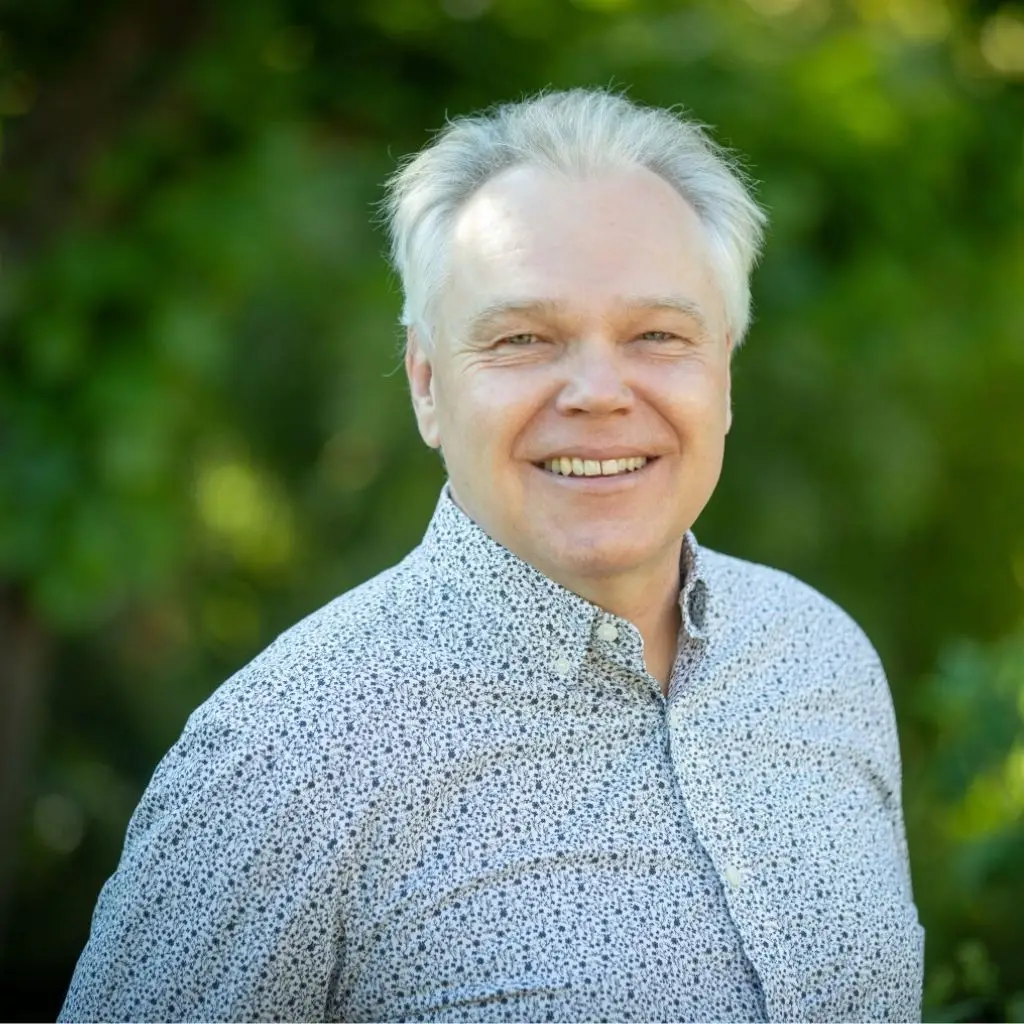Johannes F. de Boer
VU Amsterdam

Role
Program Committee
Prof. dr. de Boer graduated from the University of Amsterdam, the Netherlands, in 1995, obtaining his Ph.D. in experimental physics. In 1997 he moved to the Beckman Laser Institute, University of California at Irvine where he became Assistant Professor in 1998. Dr. de Boer joined the Wellman Laboratories of Photomedicine, Harvard Medical School in 2001 as an Assistant Professor and was promoted to Associate Professor, Harvard Medical School, in 2005. In 2008, after more than 10 years in the US, Dr. de Boer moved back to the Netherlands, taking up a full professor position at the Physics Department, VU University, Amsterdam, heading the section Biophotonics and Medical Imaging. Dr. de Boer was director of the Institute for Lasers, Life and Biophotonics (LaserLaB Amsterdam) from 2010 to 2016.
In 2022 Dr. de Boer was appointed as head of the department of Physics and Astronomy at the VU for a period of 3 years.
Research Interests
Prof. dr. de Boer’s research interest is interdisciplinary, covering physics of light to clinical medicine, focusing on the development of new optical diagnostic technologies and the translation of these technologies to clinical applications. After his PhD in 1995, Dr. de Boer’s research interest shifted to translational research, focusing on the impact of physics on health and life, as the most innovative science takes place at the edge of your own ecosystem and this is best exploited in a multidisciplinary environment.
He is an internationally recognized leader in the field of biophotonics. He has led many new developments in Optical Coherence Tomography (the optical analogue of ultrasound imaging), and throughout his career he has solved major hurdles that were facing the clinical implementation of OCT as a clinical diagnostic tool. He has pioneered polarization sensitive OCT (PS-OCT) since 1997. This technology measures the depth resolved changes in the polarization state of light reflected from biological tissues, which allows depth resolved measurement of tissue birefringence, optical axis and diatenuation.
In 2002-2003 he demonstrated the incredible sensitivity advantage of Spectral Domain OCT, which has provided a paradigm shift from a pont sampling technology to volumetric imaging of tissue in seconds. He developed clinical systems for the eye and motorized catheter based lung endoscopy. Since 2014 Dr. de Boer is developing the optical equivalent of PET/CT or PET/MRI, however with a 10 to 100 fold higher resolution to accomplish both structural and molecular imaging a the micron scale.
Teaching
Dr. de Boer taught biomedical optics at the Massachussetts Institute of Technology – Health Science and Technology Program (Boston), and currently teaches Optics at the undergraduate level (Joint Degree Physics and Astronomy of UvA and VU, Amsterdam) and Biophotonics and Light Tissue interactions at the Master level at the VU and UvA, Amsterdam.